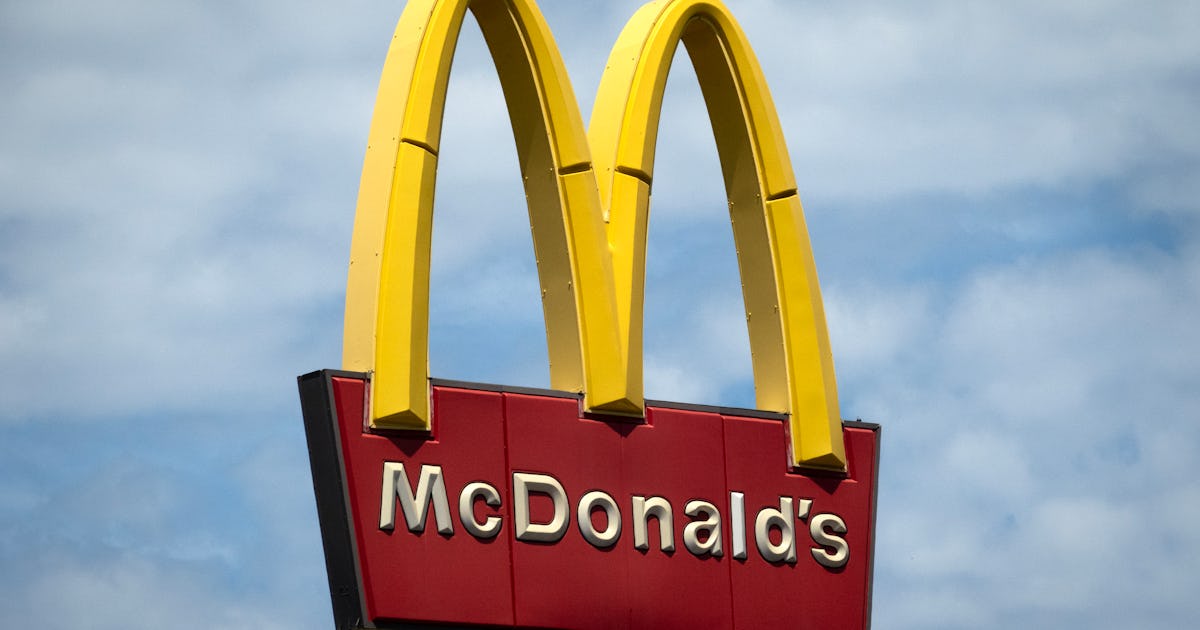Defining Feudo Montoni: Great Wine, Ancient History and Romance
I love Sicily, Sicilian food and Sicilian wines—not “White Lotus” or tourist-bus Sicily, but the wild, middle-of-nowhere Sicily.
Earlier this year, I drove to the high, wind-swept, wheat-growing and sheep-grazing plains of the island interior, bumping up a road that seemed as if it hadn’t been paved since the last Great War. I arrived at Feudo Montoni, an ancient farmstead established as a vast sharecropping estate in the 15th century.
At the end of the 19th century, the enterprising and wine-loving grandfather of current owner Fabio Sireci bought the polyculture farm from the Archdiocese of Catania, whose cardinal also loved wine and planted vineyards. But it wasn’t until this century that Montoni came into its own as one of the great wines of Italy, including earning a spot in Wine Spectator’s Top 100 Wines of 2024 for its fruit-driven, lithe and spicy 2022 Nero d’Avola Sicilia Lagnusa (No. 44, 90 points, $25).
Behind that success lies the personal magic of Montoni: The organic farm and wine estate is run today by Sireci and the woman who came to be his wife, erstwhile New York chef Melissa Muller who arrived at the farm 11 years ago while doing cookbook research.
Montoni is based out of a Sicilian baglio, a collection of connected dwellings (once home to dozens of families), stables and warehouses built around a large, square, central courtyard. The winery sits on a sandy hilltop about 1,600 feet above sea level, set amid a rolling landscape that quietly takes your breath away.

Humans have lived in and around Melissa Muller and Fabio Sireci's Feudo Montoni property since prehistoric times, dwelling in caves. (Robert Camuto)
As far as the eyes can see in every direction are hills: olive groves, wheat fields, forests and Montoni’s nearby vineyards, which climb up to nearly 2,300 feet and are fanned by winds from the Madonie and Sicani mountains to the north and northwest.
The area is ancient. The hills contain prehistoric cave dwellings built by one of the island’s oldest peoples, the Sicanians. From Roman times up until after World War II, the wheat-growing area served as a breadbasket for Italy.
Here, Sireci’s father, Elio, made a range of white and red wines from Sicilian grapes, mostly selling them in bulk to restaurants and trattorias throughout the island. More ambitiously, he bottled a longer-aged Nero d’Avola called Vrucara from the estate’s oldest plot, featuring some vines more than a century old and planted on their own roots rather than on American phylloxera-resistant rootstock. But his preferred red was Nerello Mascalese, the red grape of Etna that is still found in old vineyards across the island.
When Elio replanted vineyards, he turned to massal selection from Montoni vineyards—a practice that continues today. “We never bought vines from a nursery,” Sireci explains. “Everything has come from Montoni.”

Feudo Montoni's history goes back at least to the mid-1400s as indicated by its datestone and it produced wine under the owneship of the Catholic Church. (Robert Camuto)
Montoni’s latest chapter began in 1995 when Sireci graduated from engineering school and chose life on the farm over a job in the auto industry on mainland Italy. “I had to choose between the stability of a career and love and incertitude at Montoni,” he says.
Sireci, who learned winemaking by working with his father and reading enology books, focused on Nero d’Avola (known in central Sicily as “Calabrese”). For those two bottlings, Lagnusa and Vrucara (2020 vintage: 92 points, $62), he ferments and primarily ages the wines in concrete vessels, using indigenous yeasts. He also adopted a traditional technique from his forebears: adding sun-dried stems from the bunches (up to 20 percent of the total) back into the must for fermentation. The practice, he says, adds sweeter tannins, complexity and other compounds that assist with longer aging.
“I never found a winemaker to make my wine,” he says. “It’s like an architect who tells you how to build a house—I never liked that.”
At the end of the 1990s, Sireci drove across Italy and then further north to explain his wines to the world. “In Italy, no one understood me,” Sireci says. “But when I went north and left Italy, people listened.”
His fundamental sales problem, he says, was the nature of Montoni’s sleek, high-altitude wines; they lacked the deep purple color and heft that most potential customers expected from Sicily. “Twenty-five years ago, Montoni was not accepted as a Sicilian wine,” Sireci says. “Sicilian wine was thought of as a southern wine that needed to be structured and jammy. In those years, there wasn’t the boom yet of [lighter wines from] Etna.”

On the stony soils of the hillsides of inland Sicily, Fabio Sireci finds that reds such as Nero d'Avola come out lighter and more elegant than those from warmer areas of the island. (Robert Camuto)
Sireci soldiered on, selling to what he calls “avant-garde” distributors. He eventually expanded his lineup, adding bottlings of white Sicilian varieties Grillo, Catarratto, and Inzolia from his highest-altitude vineyards. He also bottled red Perricone, a rustic grape that produces reds with a mix of wild herb aromas.
In 2004, Sireci says his prospects brightened when he was visited by visionary enologist Giacomo Tachis, who had worked for a decade with Sicilian enological institutions and specifically studied Nero d’Avola. He wrote a letter to Sireci comparing Vrucaro to “great Pinot Noir.”
“It was like psychotherapy for me,” Sireci says of the letter, now framed and hanging on a wall in his house. “It erased any doubts.”
Today Feudi Montoni produces 10 wines from more than 100 acres of vineyards—four reds, a rosé, three whites and a pair of passitos made from sun-dried grapes—for a total production of about 23,000 cases a year.
The winery has benefitted from a shift in consumer tastes towards fresher wines, as well as changing attitudes about Sicily and its viticulture. “There are at least five or six Sicilies,” Sireci says. “There is the Sicily of the sea, the Sicily of high altitudes and the Sicily of the mountains. There is Eastern Sicily and Western Sicily and central Sicily. Antique Sicily and modern Sicily … Everyone is looking to define their Sicily.”
In many ways, Montoni is its own Sicily, with its modern definition established after Muller showed up at Sireci’s door in 2014 ….
For the love story that made Montoni what it is today, read “A Match Made at Montoni (Part 2)” here on May 20.










:max_bytes(150000):strip_icc()/Parents-SupermanMovieTrailer-b216b7f3a5a0442f9aec56736b5a3d7b.jpg)
